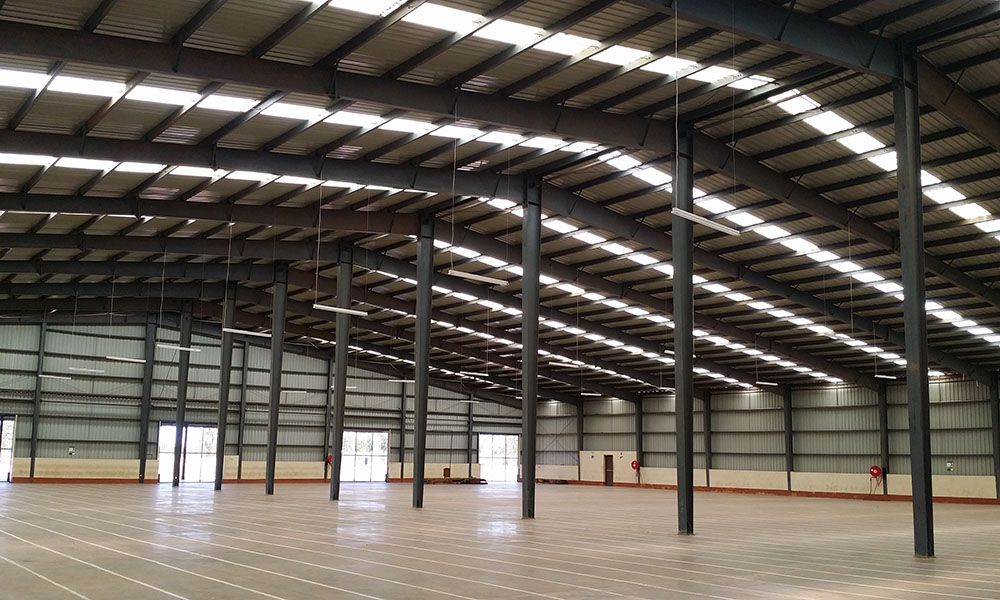What Are the Differences Between Light Steel Structure and Frame Structure?

Light steel structure is a youthful and vibrant steel structural system that has been widely applied in various fields such as general construction sites, agriculture, commerce, service buildings, and more, including office buildings, warehouses, stadiums, entertainment venues, tourist buildings, and low- to multi-story residential buildings.
Light steel building structure refers to a type of light steel architectural structure with low load-bearing capacity and limited span, typically categorized into thin plates, steel sections, and frame structures.

So, what are the differences between light steel structure and frame structure?
Differences in Materials and Components: The main components of light steel structure are cold-rolled thin steel plates, which are lightweight and possess high strength. In contrast, the primary components of frame structure are made of reinforced concrete or high-strength steel, which excel in strength and stability.
Differences in Application Scenarios: Due to its lightweight, high rigidity, and short construction period, light steel structure is more suitable for lightweight buildings, residential houses, commercial buildings, exhibition halls, and other projects. On the other hand, frame structure, characterized by its economic efficiency, strong stability, and high load-bearing capacity, is often used in large-span, multi-story, and high-rise buildings, as well as hospitals, schools, factories, and other construction projects.

Differences in Construction Methods: The construction of light steel structure mainly involves prefabrication in factories followed by assembly at the site, which significantly shortens the construction period. In contrast, the construction of frame structure involves installing prefabricated beams and columns on the foundation and then pouring concrete. Although this method has a longer construction period, it ensures excellent structural stability.



